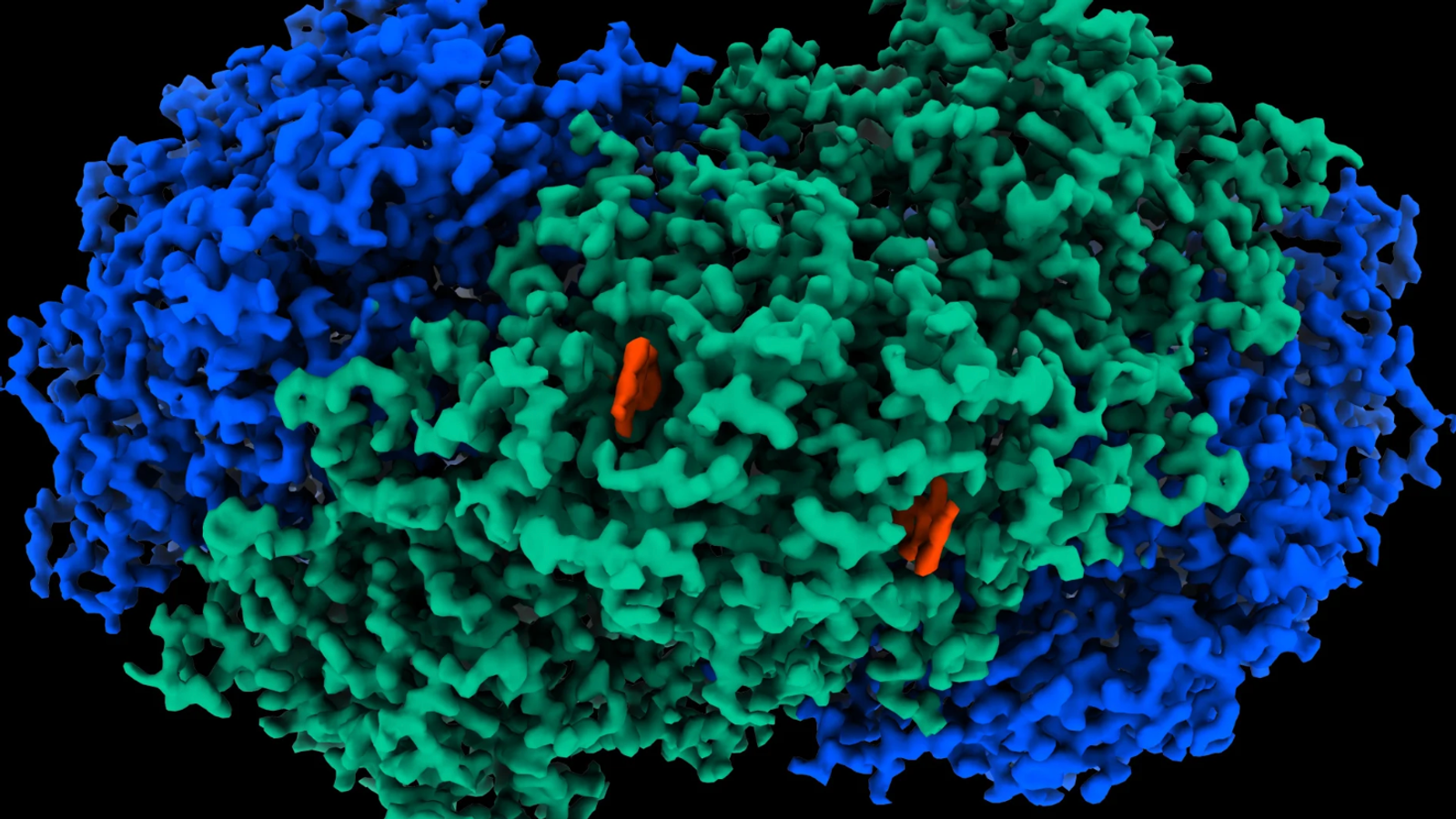Devices that literally create energy from thin air could be made real thanks to a newly-discovered enzyme that transforms hydrogen into an electrical current, scientists have said.
The finding was made in light of recent work by the same Australian team that showed many bacteria draw on hydrogen from the atmosphere as an energy source.
This is common in environments lacking in nutrients, such as the deep ocean, volcanic craters, and Antarctic soils.
It was a common soil bacterium, Mycobacterium smegmatis, that formed the basis of the new study.
Scientists extracted the enzyme responsible for turning hydrogen into energy from the bacterium, and studied it to determine just how it worked.
The enzyme, called Huc, was found to transform the gas into an electrical current like a “natural battery”.
It is also possible for the enzyme to be stored for long periods, it only requires tiny concentrations of hydrogen to generate an electrical current, and the bacterium that produces it can be grown in large quantities.
‘Astonishing’ enzyme could power small electronics
The team at Monash University in Melbourne described it as “extraordinarily efficient”.
Ashleigh Kropp, a PhD student who worked on the study, said: “It is astonishingly stable.
Read more:
Scientists accidentally engineer plastic-eating enzyme
Male contraceptive drug shows promise in mice, study suggests
“It is possible to freeze the enzyme or heat it to 80C, and it retains its power to generate energy.
“This reflects that this enzyme helps bacteria to survive in the most extreme environments.”
Huc has been mooted as a potential energy source for small electronic devices, making for a super clean and sustainable form of power.
The key goal now is to work out how best to scale up production.
Dr Rhys Grinter added: “Once we produce Huc in sufficient quantities, the sky is quite literally the limit for using it to produce clean energy.”
